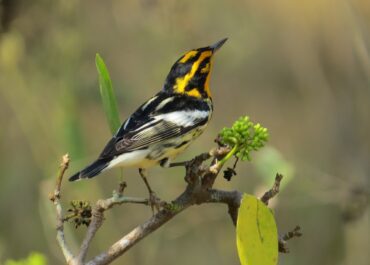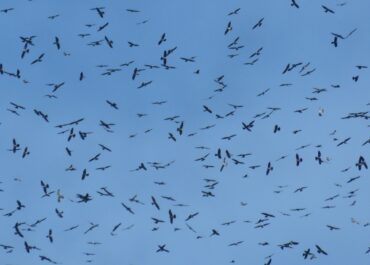Migration in the Neotropics
Home | Crossing the Caribbean and the Neotropical Flyways Project
Share
Unraveling the mysteries of migration
Migration in the Neotropics
Nearly 300 species of landbirds, whose combined populations represent more than one billion individuals, migrate between the Neotropics and North America. However, populations of many species have persistently declined in recent decades and species that were common 40 years ago are now increasingly rare. Of all life history stages, migration is the least known but it is also the stage in which migratory birds suffer the highest mortality rates. This information gap is especially large in the Neotropical region and inhibits the design of effective conservation strategies.
To fill this large gap in our knowledge, this project is working in eight countries in Central and South America to identify migration routes, the regions where birds accumulate energy for migration, and high quality habitats for Neotropical migratory landbirds.
This project is comprised of two SELVA projects – Crossing the Caribbean and the Neotropical Flyways Project – and is developed in partnership with the Cornell Lab of Ornithology and Environment and Climate Change Canada.
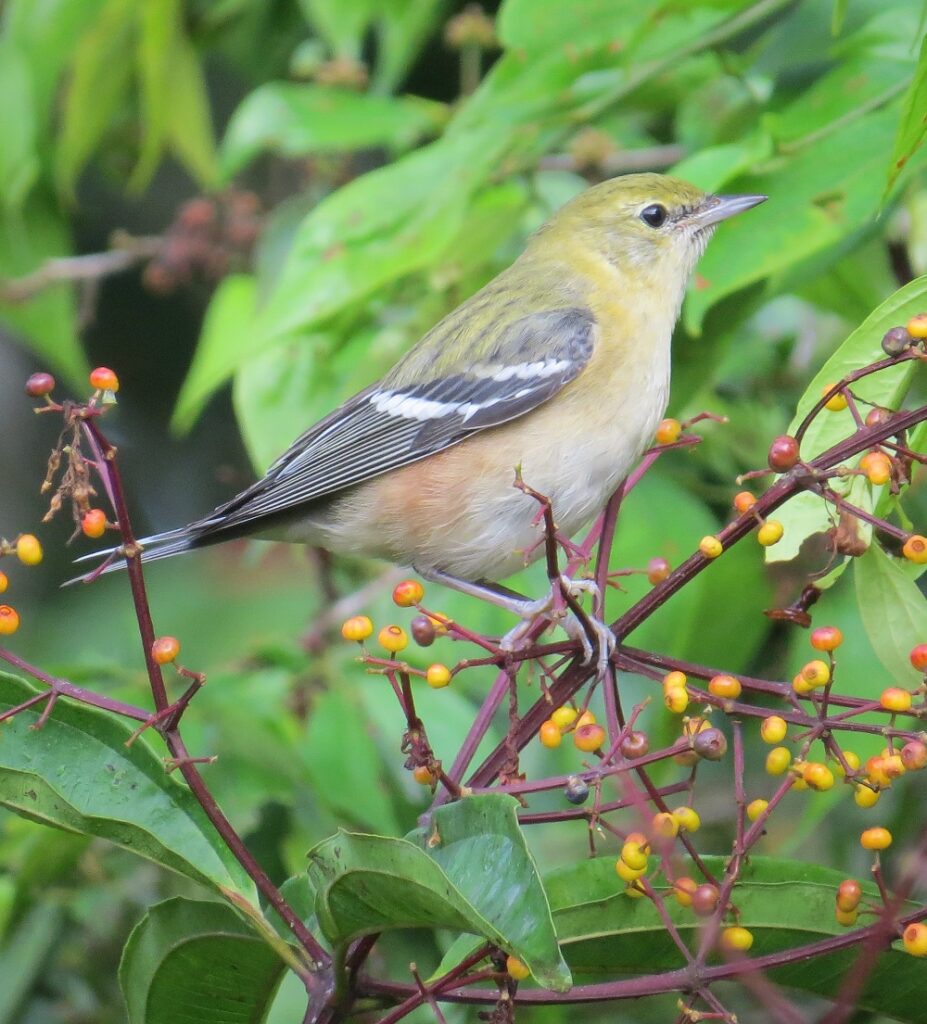
Project Goals
Identify and prioritize Neotropical stopover sites
Identify bottlenecks along migratory pathways
Describe the behavioral and physiological mechanisms that influence the organization of migration
Evaluate the relative quality of habitats occupied during migration
Project Gallery
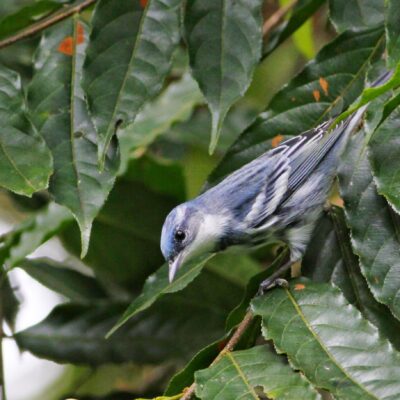
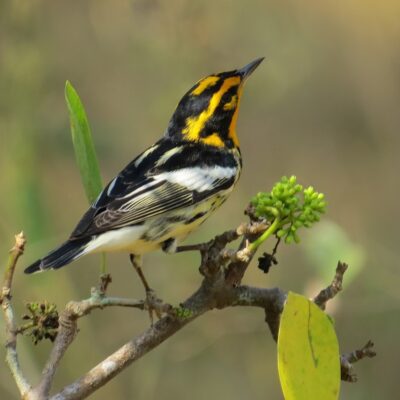
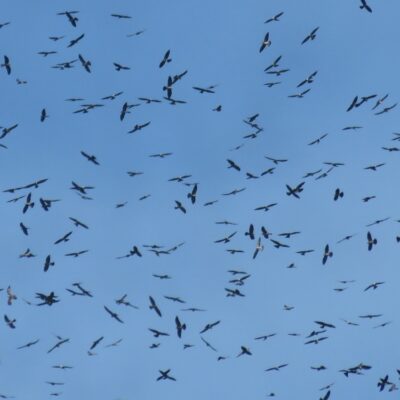
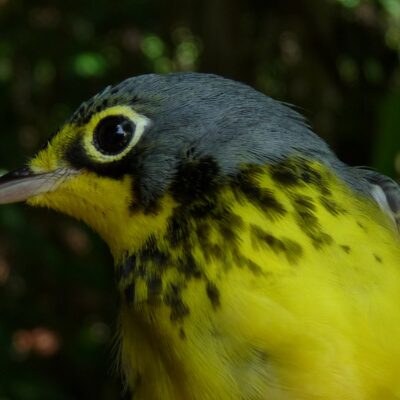
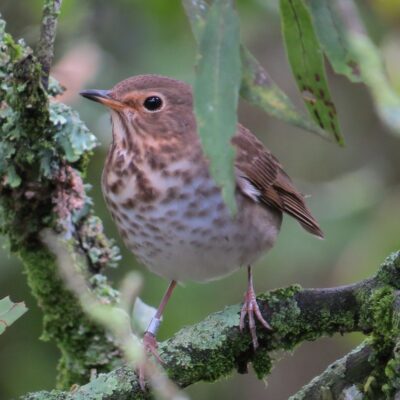

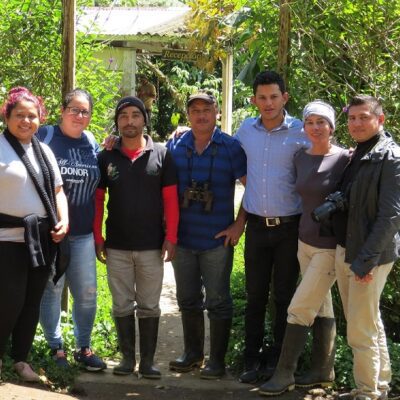

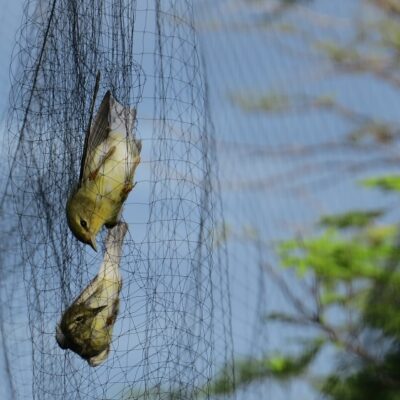
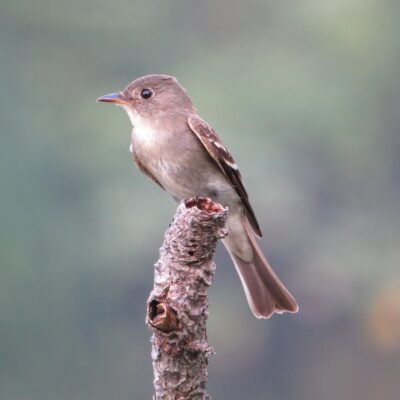
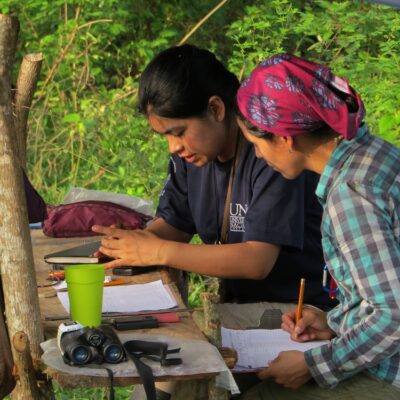
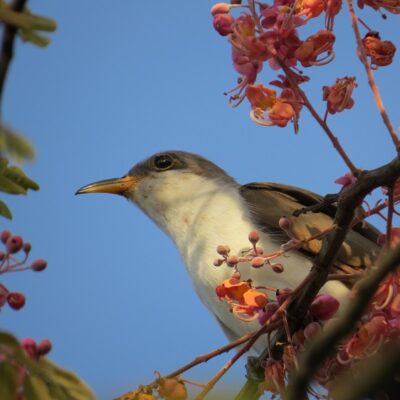
Selected products
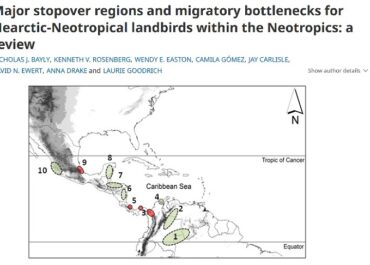
Bayly et al. 2018. Major stopover regions and migratory bottlenecks for Nearctic-Neotropical landbirds within the Neotropics: a review
Investigate to understand, understand to act
Please support our research about migratory birds. With your help not only will we identify key stopover sites, we will also act to conserve and enrich them with tree species that provide resources for hungry migratory birds
Project team

Adriana del Pilar Caicedo
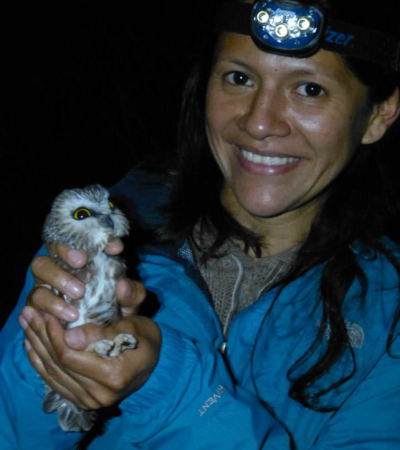
Angela Caguazango

Jeyson Sanabria

Ken V. Rosenberg
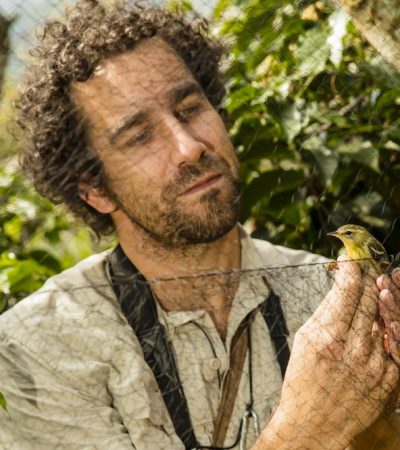
Nick Bayly
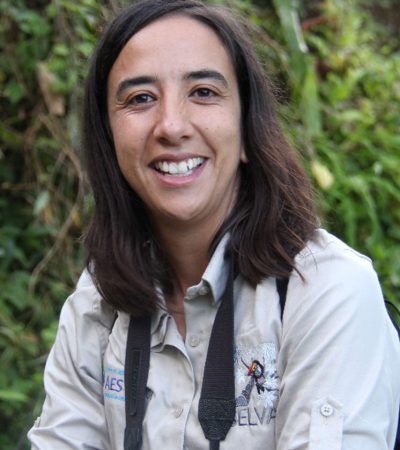
Camila Gómez

Yuly L. Caicedo-Ortiz
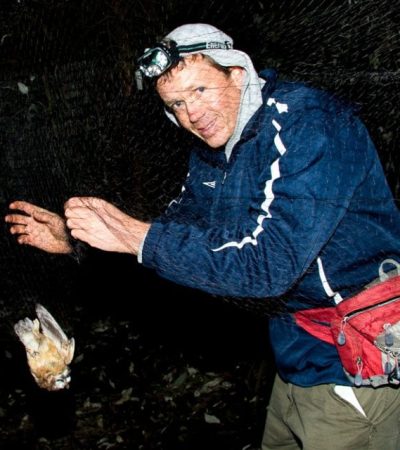
Ernesto Carman


